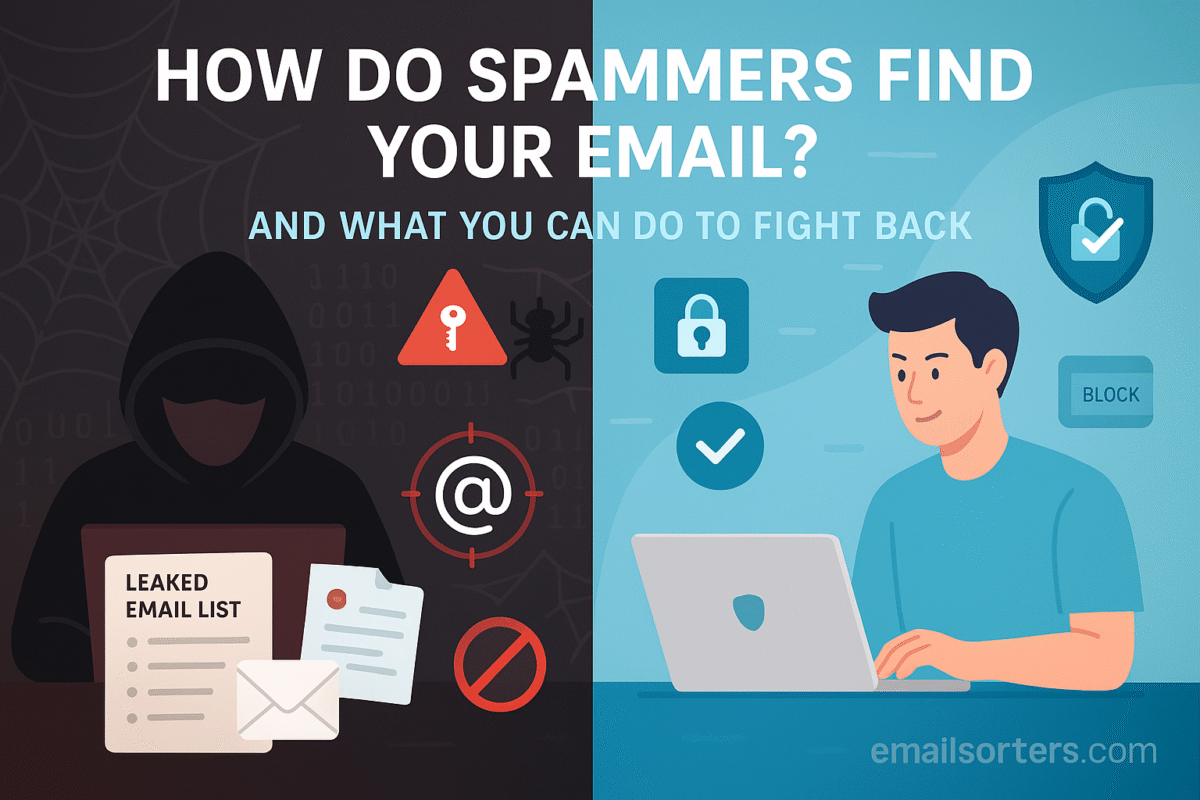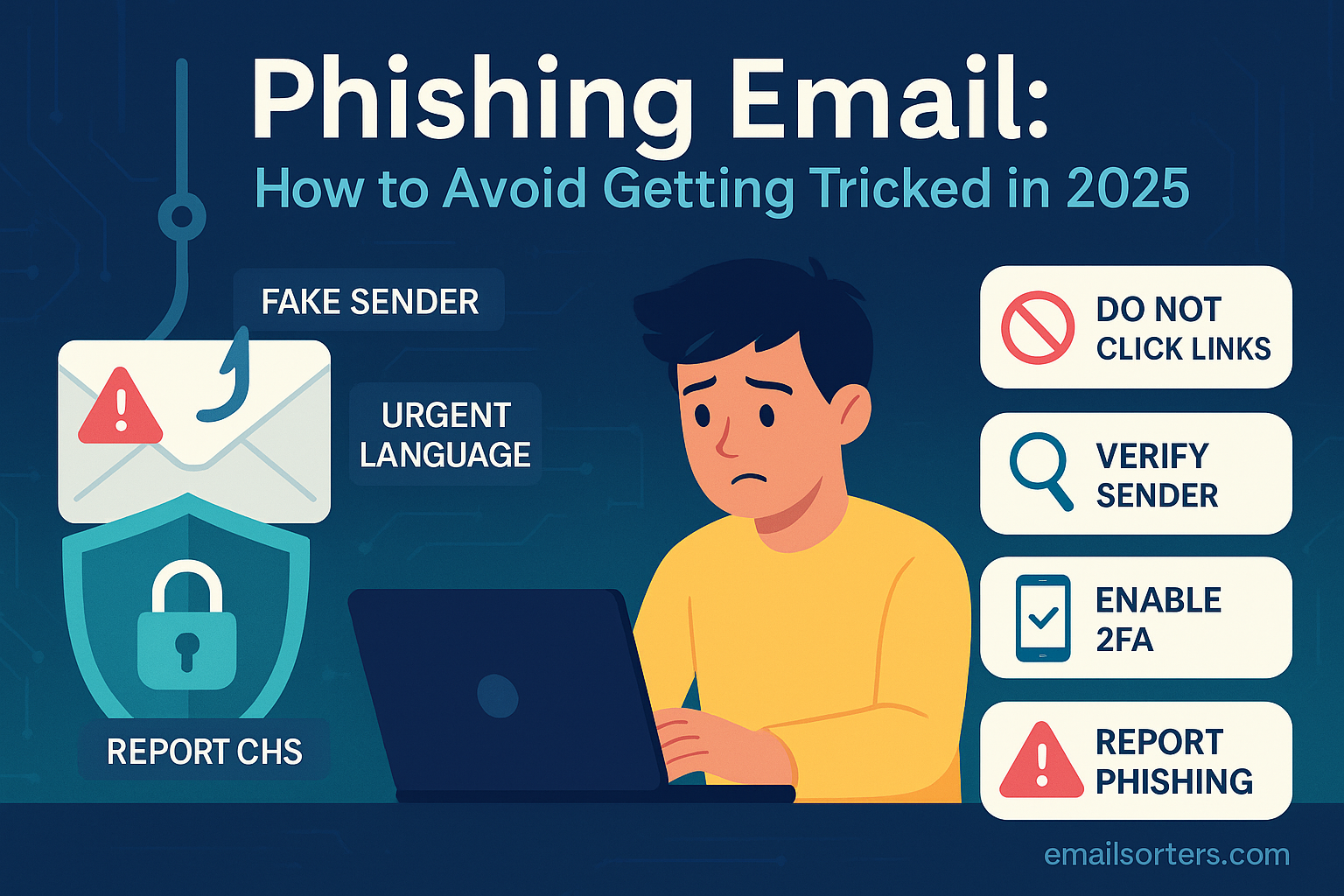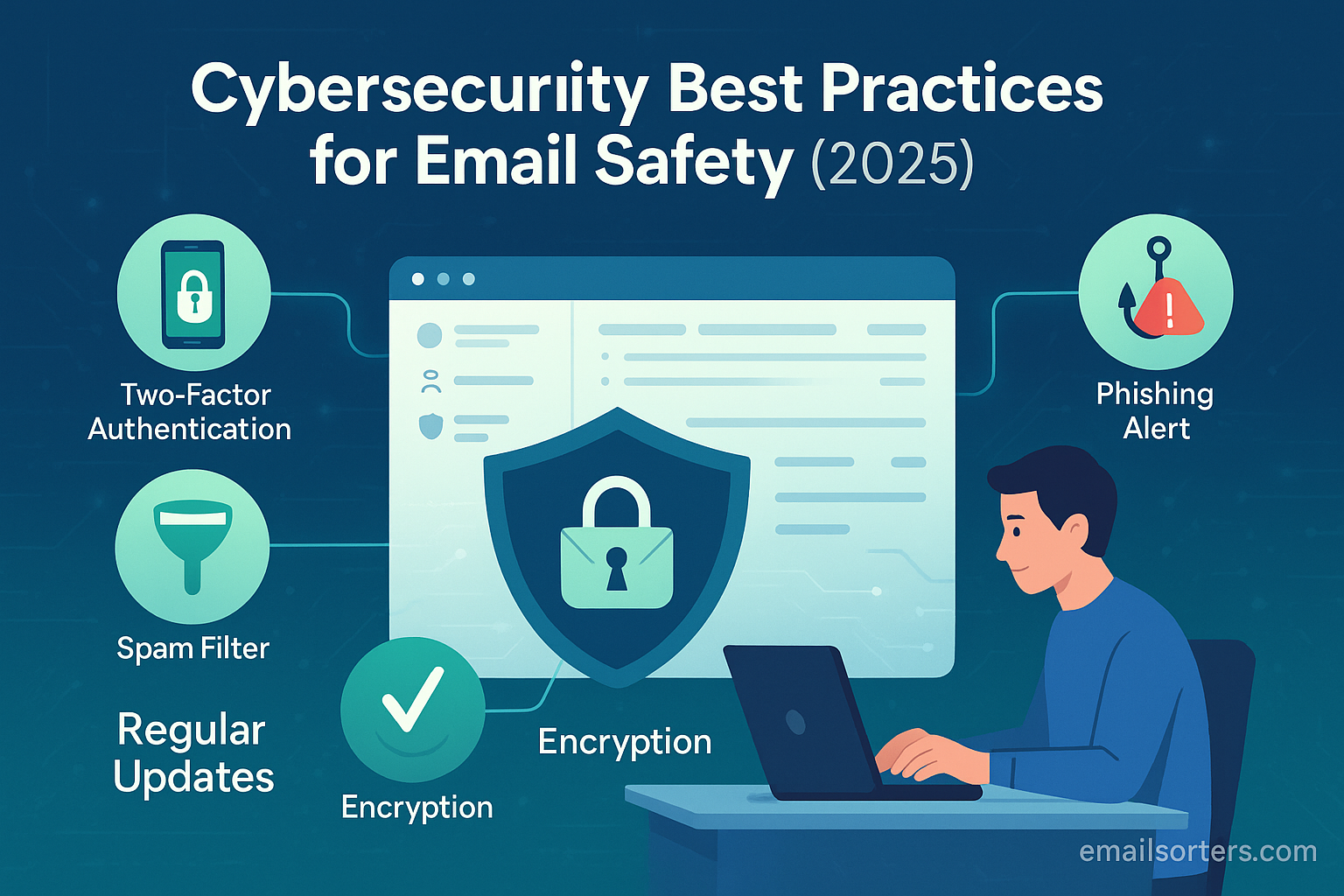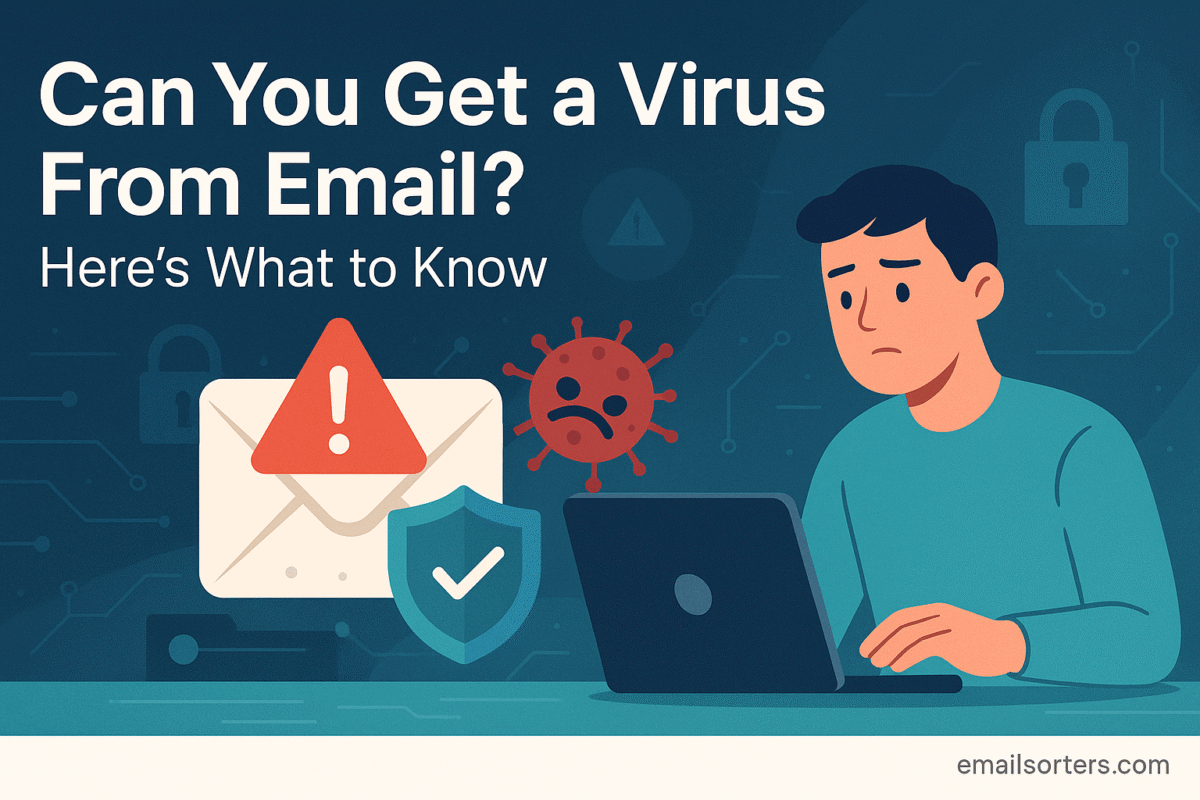An overflowing junk folder is a universally frustrating experience. Every day, a relentless tide of unsolicited offers, strange warnings, and outright scams washes into our digital lives, demanding attention and cluttering our inboxes. This constant barrage feels random and chaotic, but it is anything but. The appearance of your email address on a spam list is the end result of a systematic and often sophisticated process executed by individuals and networks dedicated to exploiting digital information for profit.
Your email address is not just a personal identifier; it is a valuable commodity in the underground digital economy. It serves as a key that can be used to target you with everything from annoying advertisements to dangerous phishing attacks and malware. The journey of how your address gets from a private account to a spammer’s database is a story of data breaches, clever deceptions, and automated harvesting. For a foundational understanding of this pervasive issue, it is worth noting that email spam has been a persistent challenge since the early days of the internet.
Fortunately, this is not a battle you have to lose. Understanding the methods spammers use to find your email is the first step toward building a formidable defense. You can move from being a passive target to an active defender of your digital privacy. This comprehensive guide will demystify the tactics spammers employ and provide an actionable playbook to protect your inbox, reduce your exposure, and reclaim control over your digital correspondence.
The Anatomy of a Harvest: How Spammers Find My Email
Spammers rarely find email addresses by chance. They use a variety of automated and deceptive techniques to build massive databases containing millions, or even billions, of active email addresses. These methods range from exploiting security failures to tricking users into volunteering their own information.
Data Breaches and Compromised Databases
This is the single most significant source of email addresses for spammers. When a company you have an account with—be it an e-commerce store, a social media platform, or a software service—suffers a data breach, the information stolen often includes user email addresses, names, and passwords. Cybercriminals then package these massive troves of data and sell them on dark web marketplaces. Spammers purchase these lists for pennies on the dollar, instantly acquiring millions of verified, active email addresses known to belong to real people who actively use online services. The more services you sign up for, the greater your exposure to a potential breach.
Website and Social Media Scraping
Spammers deploy automated programs called “scrapers” or “harvesters” that constantly crawl the public internet. These bots are designed to read the text on billions of web pages, including forums, blog comment sections, online directories, and public social media profiles. They specifically search for text strings that match the format of an email address (e.g., name@domain.com). If you have ever posted your email address in plain text on a public forum or listed it on your social media bio, it has almost certainly been harvested by these bots and added to spam databases.
Phishing and Deceptive Forms
This method relies on trickery rather than technical exploitation. Spammers create deceptive emails or websites that impersonate legitimate companies or offer enticing prizes. For example, a phishing email might claim to be from a delivery service, asking you to click a link and enter your email and password to track a package. Another common tactic involves fake online quizzes, surveys, or contest entry forms that promise a reward in exchange for your personal information. When a user fills out these forms, they are voluntarily handing their email address directly to a spammer, who may then use it for further attacks or sell it to others.
The Illicit Marketplace: Purchased Email Lists
A thriving underground economy exists for the buying and selling of email lists. These lists are often categorized based on user interests, demographics, or the source of the data, which allows spammers to run more targeted campaigns. A list of emails harvested from a financial forum, for example, would be valuable to spammers running investment scams. These lists are a combination of addresses gathered from all the methods mentioned above—data breaches, scraping, and phishing—consolidated and sold as a product.
Dictionary and Brute-Force Attacks
A less common but still viable method involves automated guessing. Spammers target a specific domain (e.g., @majorcorporation.com) and use software to generate millions of potential email addresses based on common name formats (john.smith@, jsmith@, sales@, info@) or dictionary words. They then send a test email to this massive list. The addresses that do not “bounce” back with an error message are confirmed as active and are added to their database for future campaigns.
The Warning Signs: Is Your Email on a Spam List?
It is safe to assume that if you have had an email address for more than a few years, it is present on multiple spam lists. However, certain signs can indicate a recent breach or that your address has become part of a new, actively used database.
- A Sudden Increase in Junk Mail: The most obvious sign is a dramatic and sudden surge in the volume of spam you receive. Going from a few junk emails a week to dozens a day often means your address was part of a recently leaked or sold database.
- Highly Personalized Phishing Attempts: If you receive a phishing email that includes personal information beyond just your email address—such as your name, a password you previously used, or the name of a service you use—it is a strong indicator that your data was compromised in a specific breach.
- Bounce-Backs for Emails You Never Sent: Receiving non-delivery reports for messages you did not send is a sign of “email spoofing.” This means a spammer is using your email address in the “From” field to send spam to others, hoping to bypass their filters.
- Unfamiliar Login Alerts: Getting security alerts from services about login attempts from unusual geographic locations is a clear warning that someone has your credentials, likely obtained from a breach that included both your email and password.
More Than an Annoyance: The Real Harm of Spam
While most people view spam as a simple nuisance that clutters their inbox, its impact can be far more severe for both individuals and organizations. Understanding these risks underscores the importance of proactive protection.
For individuals, the danger lies in the content of the spam itself. Phishing emails are designed to steal login credentials, financial information, and personal identities. Malicious attachments can install malware, spyware, or ransomware on a user’s device, leading to data theft or extortion. Even seemingly harmless marketing spam can link to fraudulent websites that skim credit card information.
For businesses, the consequences are multifaceted. First, there is a significant loss of productivity as employees waste time sorting through and deleting junk mail. Second, a high volume of incoming spam puts a strain on the IT infrastructure, consuming server resources and bandwidth. Third, the risk of a successful phishing attack on an employee can lead to a company-wide security breach, resulting in catastrophic data loss, financial theft, and reputational damage. Furthermore, if a business’s domain is spoofed by spammers, its legitimate communications can be flagged by filters, a problem explored in detail in this spam fix guide, which explains why even valid emails can end up in the junk folder.
Building Your Defenses: Proactive Prevention Strategies
The most effective way to fight spam is to be disciplined about how and where you use your email address. Protecting your primary address is the cornerstone of good digital hygiene.
Practice Digital Minimalism with Your Primary Email
Treat your primary personal or professional email address like a valuable asset. Reserve it for trusted contacts, financial institutions, official government correspondence, and essential, high-security online accounts. Avoid using it to sign up for newsletters, online shopping, forums, or non-essential apps and services. The fewer places your primary address is registered, the lower its exposure to potential data breaches.
Use Email Aliases or Disposable Addresses
For all non-essential online activities, use an email alias or a disposable email service. An alias is a secondary, unique address that forwards all mail to your primary inbox. Many services, including Apple’s “Hide My Email” and third-party tools like SimpleLogin, can generate a unique alias for every website you sign up for (e.g., shopping.store@youralias.com). If that alias starts receiving spam, you know exactly which service breached or sold your data, and you can simply delete the alias to cut off the spam flow instantly without affecting your main inbox.
Be Vigilant About Public Exposure
Never post your email address in plain text on any public-facing part of the internet. This includes forum signatures, blog comments, social media bios, or on your personal website. If you need to provide a point of contact on a website, use a secure contact form that hides your address from scraper bots.
Scrutinize Every Login and Subscription Form
Before entering your email address into any form, take a moment to assess the website’s legitimacy. Furthermore, be on the lookout for pre-checked boxes that automatically opt you into marketing newsletters and promotional communications. Always uncheck these boxes unless you genuinely want to receive marketing materials from that company.
Damage Control: How to Fight Back When You’re Already a Target
If your inbox is already flooded with spam, taking a few strategic steps can help you regain control and reduce the incoming flow over time.
Never Engage with Spam
It can be tempting to click the “unsubscribe” link at the bottom of a spam email just to make it stop. This is often a mistake. For illegitimate spammers, clicking that link—or replying in any way—serves as a confirmation that your email address is active and monitored by a real person. This makes your address more valuable, often leading to an increase in spam. The golden rule is to never reply, click links, or open attachments in an email you suspect is spam.
Master Your Inbox’s Built-in Tools
Every modern email client has a “Mark as Spam” or “Report Junk” button. Use it relentlessly. When you mark an email as spam, you are not just moving it out of your inbox; you are providing valuable data to your email provider’s filtering algorithms. Over time, this trains the filter to better recognize and block similar messages in the future, improving its effectiveness for you and all other users.
Leverage Filters and Safe Sender Lists
Take direct control by creating custom inbox rules or filters. You can set up rules to automatically delete emails containing certain keywords common in spam or to block messages from specific domains. Conversely, you should manage a “safe sender” list (or “whitelist”). Adding trusted contacts to this list ensures their important messages are never accidentally caught by the spam filter. Learning how to properly add a safe sender in Gmail and other clients is a key skill for ensuring reliable communication.
Employ Dedicated Spam Blockers
While built-in filters are good, dedicated spam blockers can provide an even more powerful layer of defense. These third-party services work by analyzing incoming mail before it even reaches your inbox, using more aggressive and sophisticated filtering techniques to catch a wider range of junk mail, phishing attempts, and malware.
Check for Breaches and Update Credentials
Use a reputable service like “Have I Been Pwned” to check if your email address has appeared in any known data breaches. If it has, the site will list which services were compromised. Your immediate priority should be to change the password for every affected account. If you reused that password elsewhere, you must change it on those accounts as well to prevent credential-stuffing attacks.
Conclusion
Ultimately, protecting your email address from spammers is not a passive activity but an ongoing practice of vigilance and digital discipline. The fight against spam is won not by a single action, but by the consistent application of smart security habits. By understanding how your information is harvested, recognizing the risks, and using the defensive tools at your disposal, you can significantly reduce your vulnerability.
Treat your primary email address as the valuable key it is, use aliases for less trusted interactions, and be ruthless in marking unsolicited mail as spam. By adopting this proactive mindset, you can transform your inbox from a chaotic battleground into a clean, secure, and productive communications hub, ensuring that you—and not the spammers—are in control.




